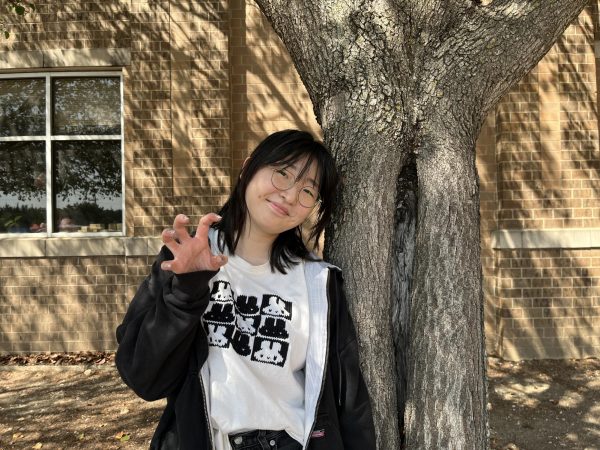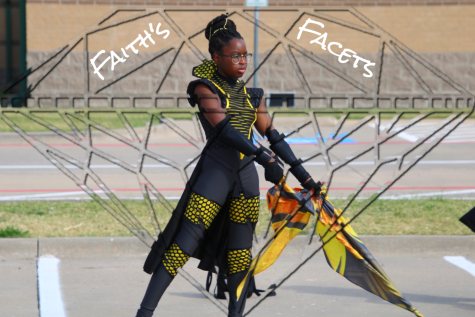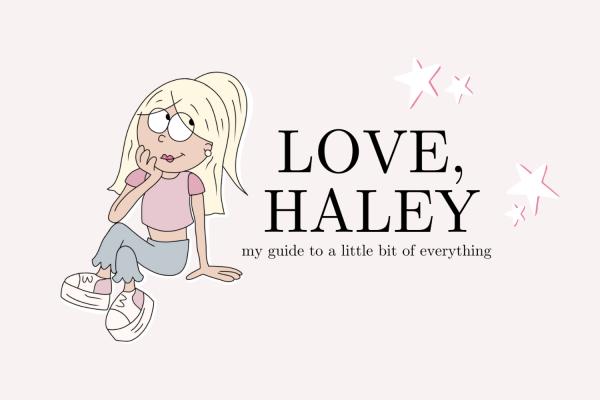Social media’s obsession with aesthetics
An aesthetic movement took place in Britain from 1860 to 1900. This movement meant to escape from the horrible conditions and focusing on producing art that people deemed beautiful. Now, aesthetics have become most popular on social media.
March 31, 2023
Beauty is in the eye of the beholder, but a single word revolutionized the way we appreciate beauty in fields such as music, art, entertainment, fashion, and philosophy. In 1735, philosopher Alexander Baumgarten created the word “aesthetic.” deriving from the Greek word “aesthetikos” meaning “of sense of perception.” Baumgarten coined the term and described it as someone that is concerned with the appreciation of beauty. He defined this beauty as absolute perfection and stated that this information could be gathered through the senses.
An aesthetic movement took place in Britain from 1860 to 1900. Before this movement, the Industrial Revolution was prominent; cities were filthy, noisy, and overcrowded. The British aesthetic movement is meant to escape from the horrible and materialistic living conditions instead, people focused on producing art that people deemed beautiful.
Aestheticism has evolved and has become more prominent with social media. It is hard to pinpoint exactly when aesthetics moved to social media; it was simply a natural progression. Aesthetics were often used in paper mediums to advertise a specific way of life. When social media became prominent, aesthetics started to appear.
For example, many recognize “vaporwave” as the very first internet aesthetic. Vaporwave emerged in the early 2010s and surged in popularity shortly after Tumblr was founded. This aesthetic took elements from the 80s and 90s and used classical factors mixed with bold colors to create a sense of nostalgia for many.
Currently, there has been a rise in multiple aesthetics, these include dark academia, light academia, preppy, old money, Y2K, grunge, etc. Social media apps such as TikTok and Instagram act as the main platforms where people can find fashion inspiration. These apps create microtrends, which is when a style is introduced, it becomes popular, people accept it, and shortly, it goes out of style.
Aesthetics alter individuality. Because of social media, aesthetics have become easier to find and incorporate into people’s daily lives. Oftentimes, aesthetics come with specific hobbies, places, and clothing. When a particular style becomes extremely popular, it is easy to feel pressured into transforming your life to match the hobbies and interests others share. Once a person conforms to a trend the masses follow, their individuality has been changed for the sake of fitting into a particular aesthetic.
Following these trends leads to overconsumption, specifically in the fashion industry. A popular online shopping store for many is Shein, due to its cheap and aesthetically pleasing designs. Shein uses trend AIs such as Google trends to keep up with popular styles on social media platforms and to identify clothing trends ahead of time. Shein is also notorious for having a design team that curates an analysis of fashion trends. For this reason, Shein is able to release 500-2000 new pieces of clothing a day, making it substantially faster than most brands.
Pieces of clothing made by fast fashion are so attractive to consumers because they can be easily discarded. Many people believe in “disposable clothing,” meaning they wear the pieces for a period of time and later dispose of them when they are no longer needed.
At times, this disposable clothing is thrown away because it was once part of a microtrend that is no longer aesthetically pleasing to the owner. Many of these clothing pieces end up in landfills, where they decompose and release toxic greenhouse gasses that hurt the environment.
Social media’s obsession with aesthetics creates consumerist ideals that destroy the world we live in.
Social media serves as a tool to promote a modern variant of the new British aesthetic movement, but instead of diverting attention from the horrible and materialistic living conditions and focusing on aesthetically pleasing designs, it has turned those aesthetics into the same materialistic, consumerist ideals of the past.













